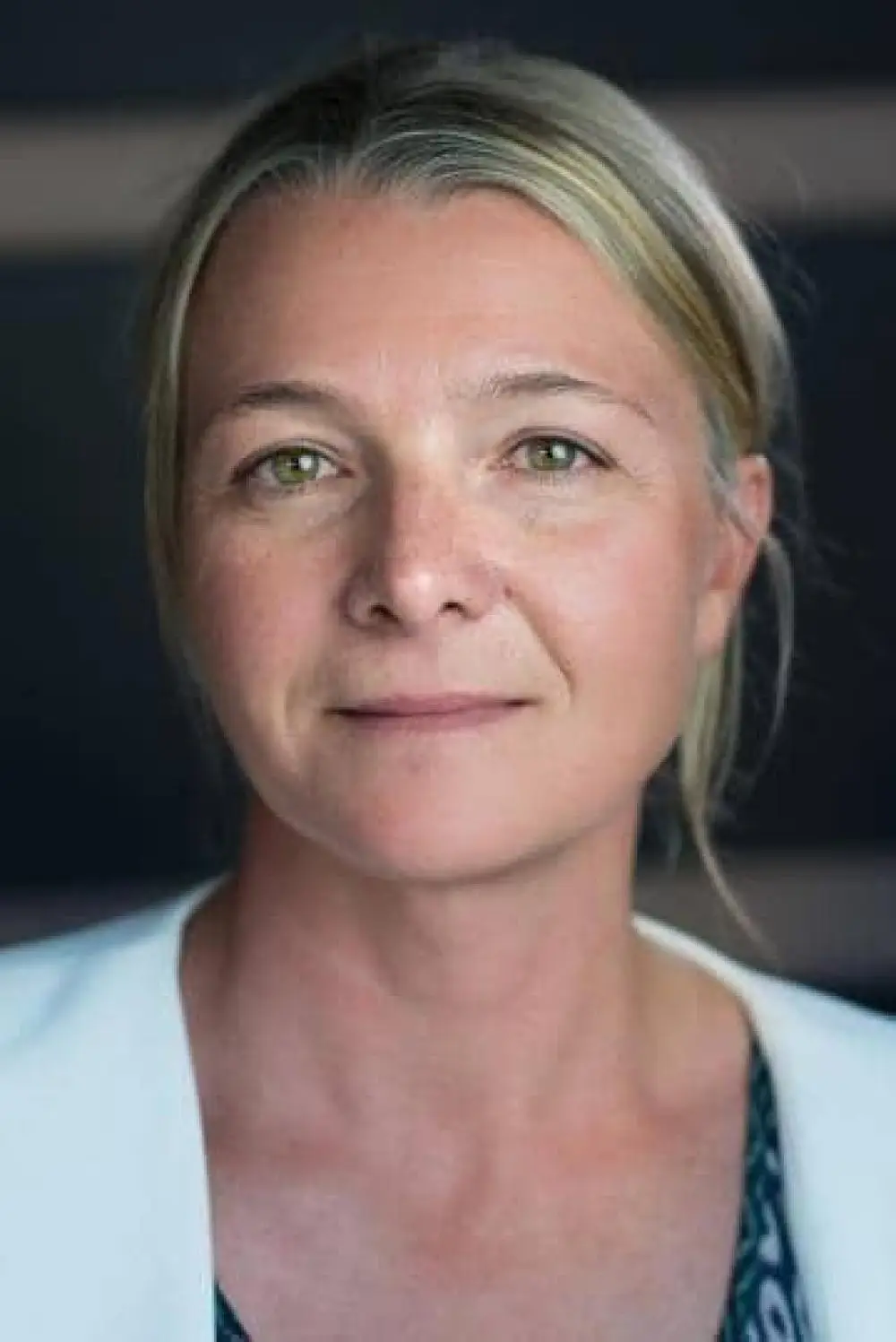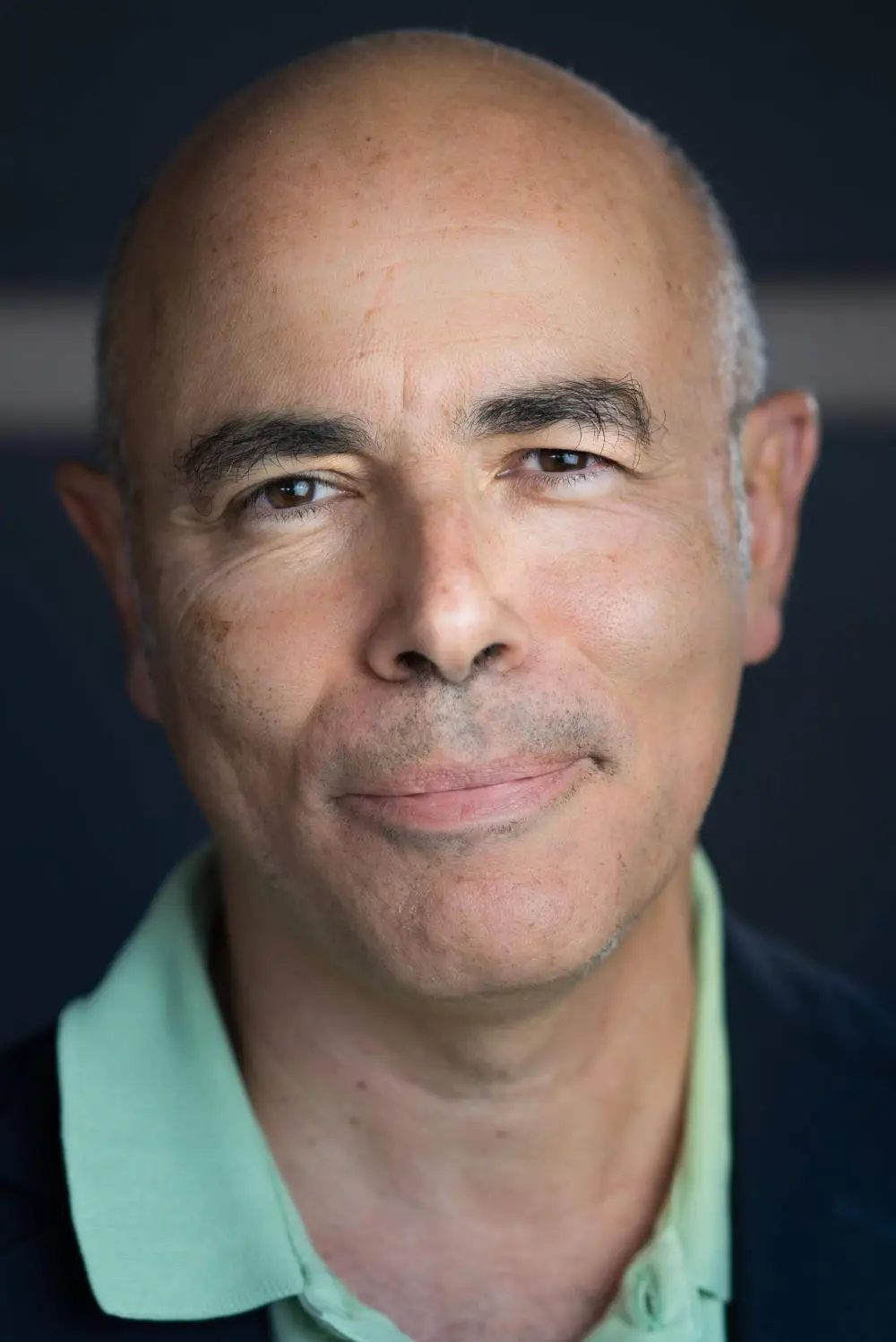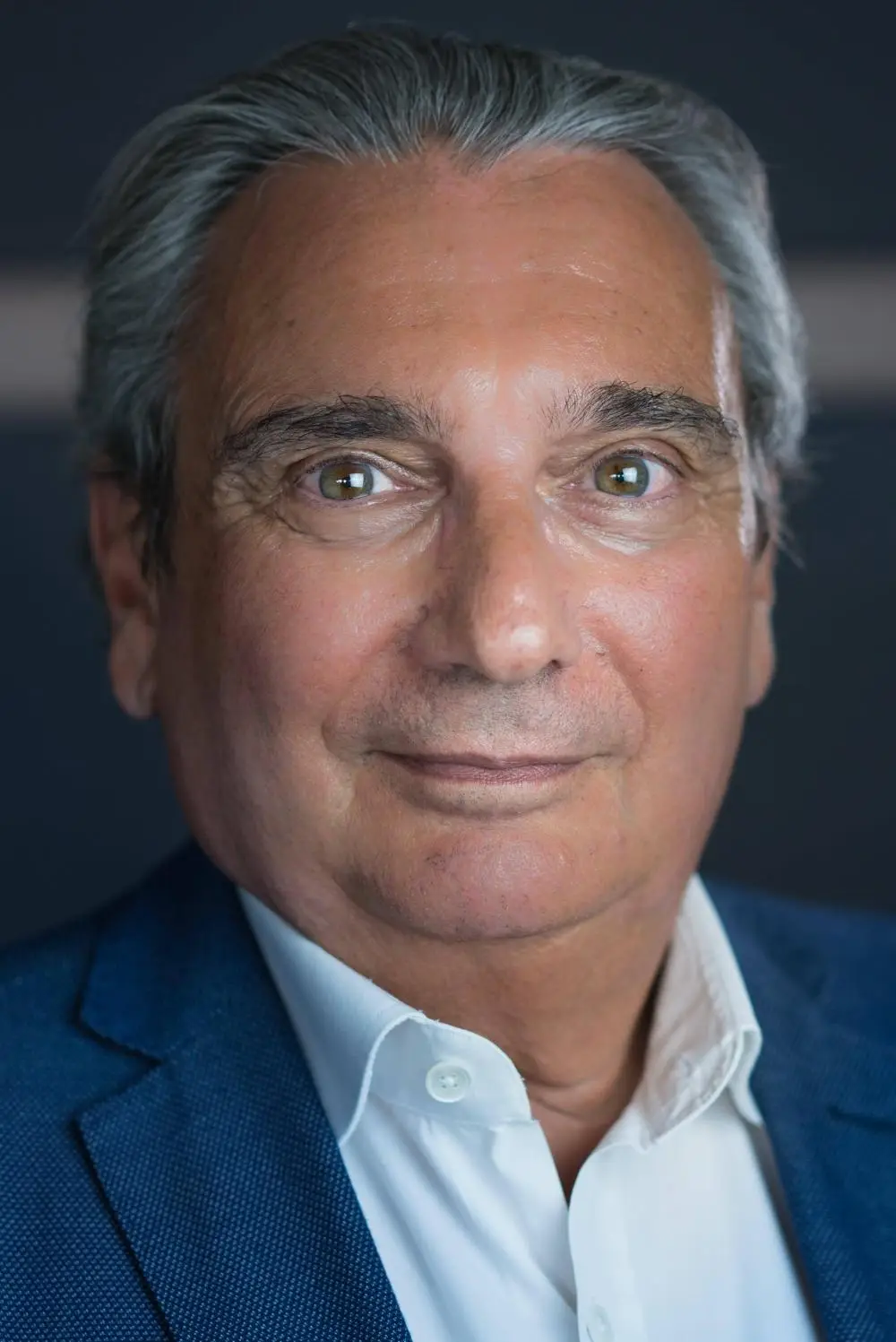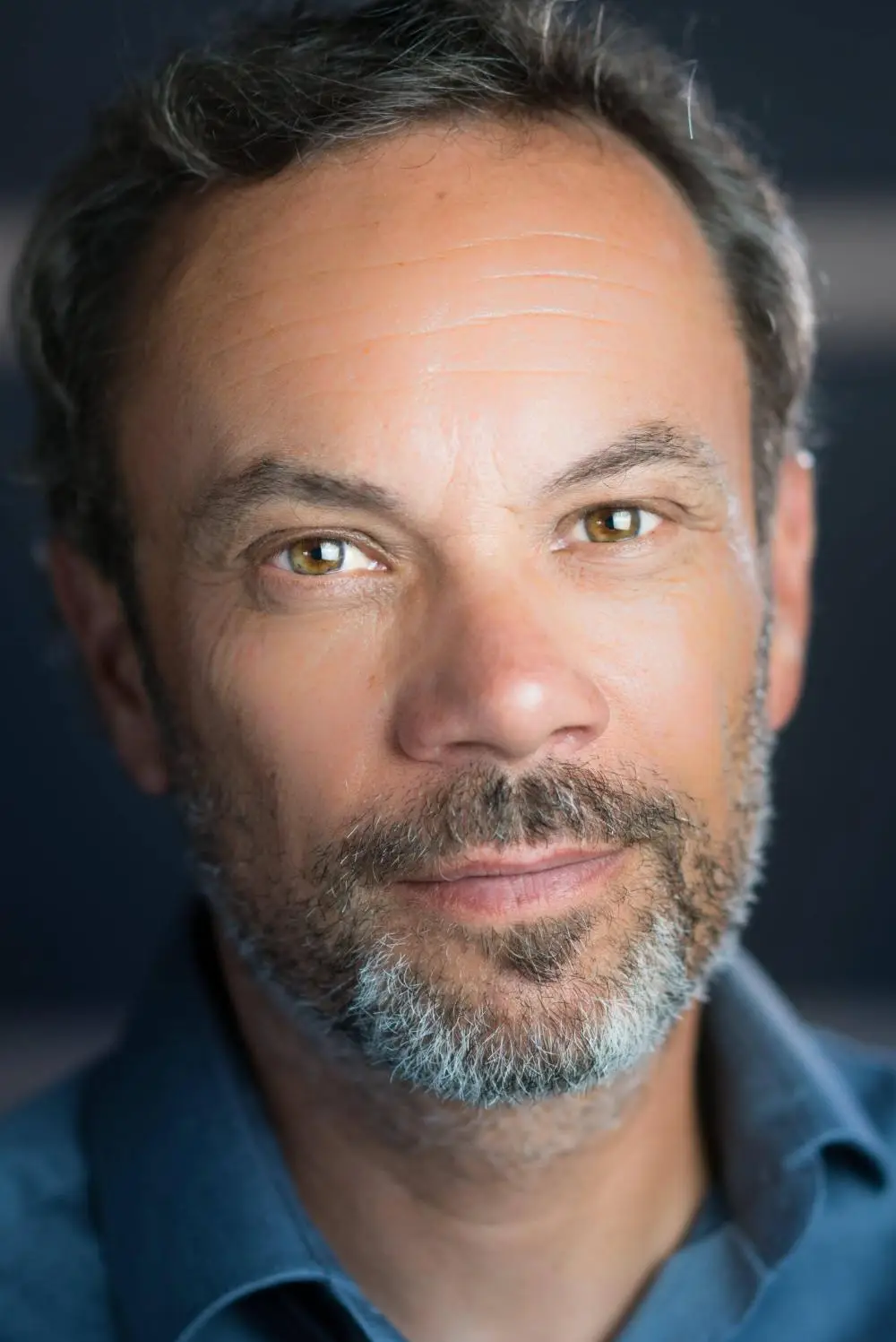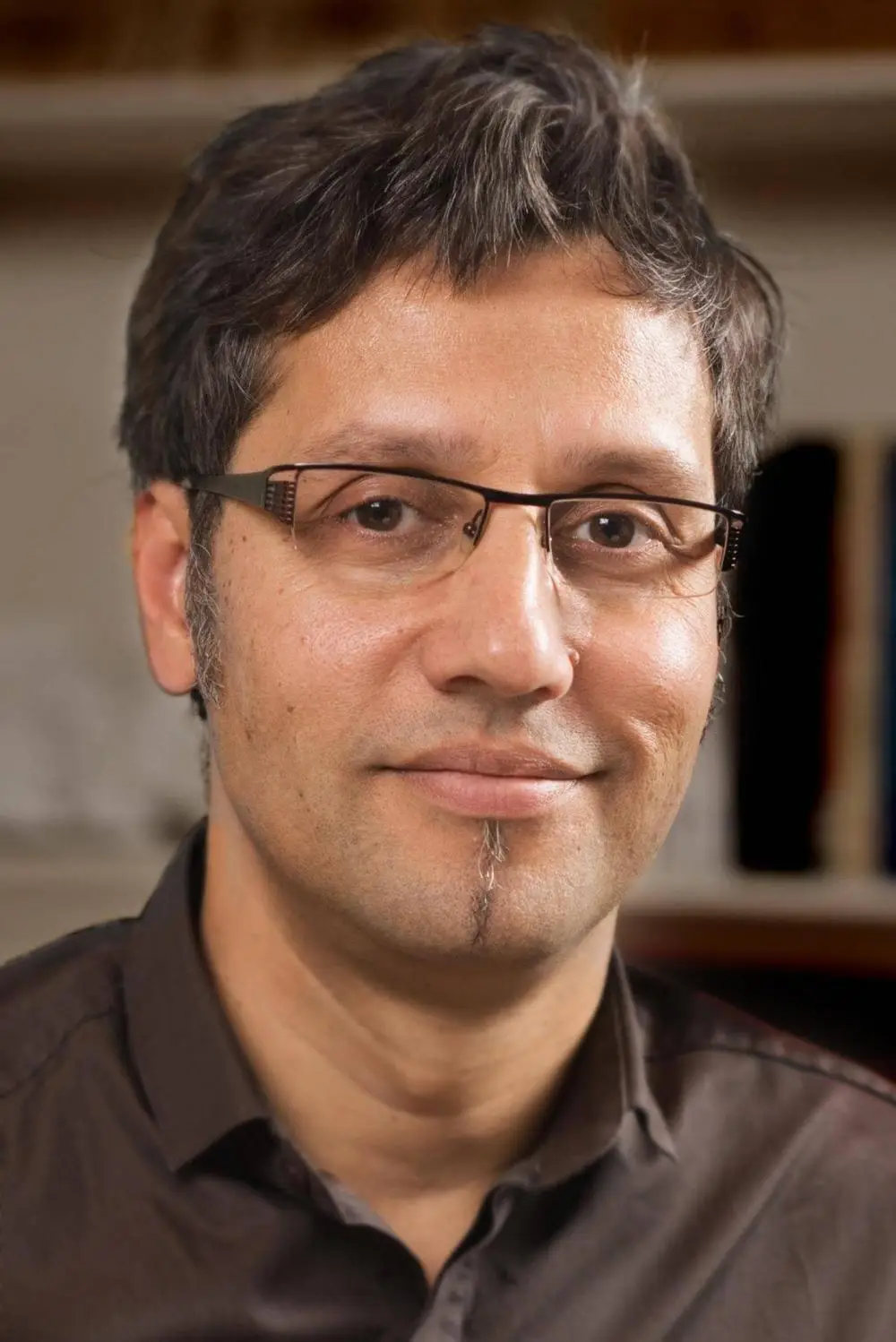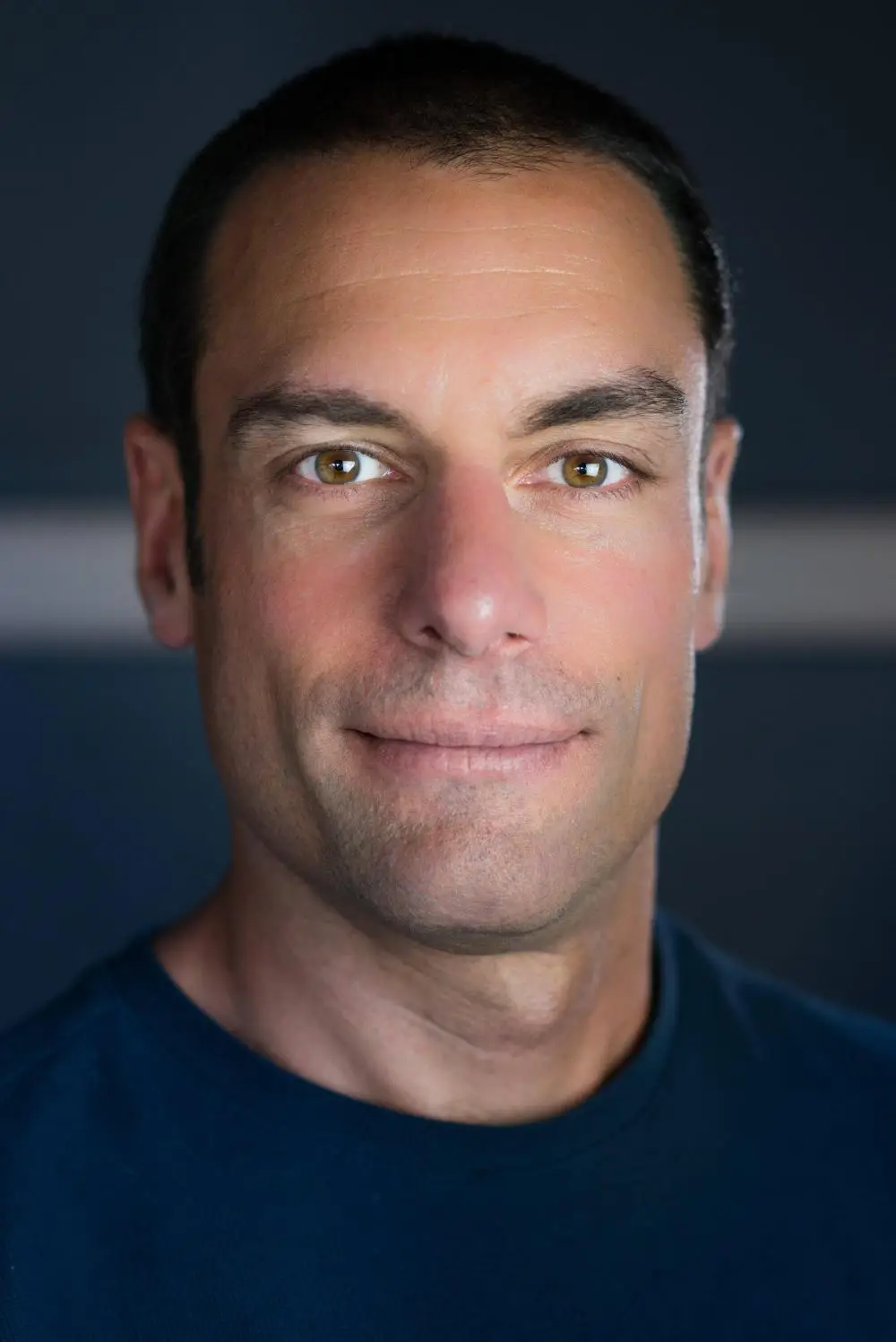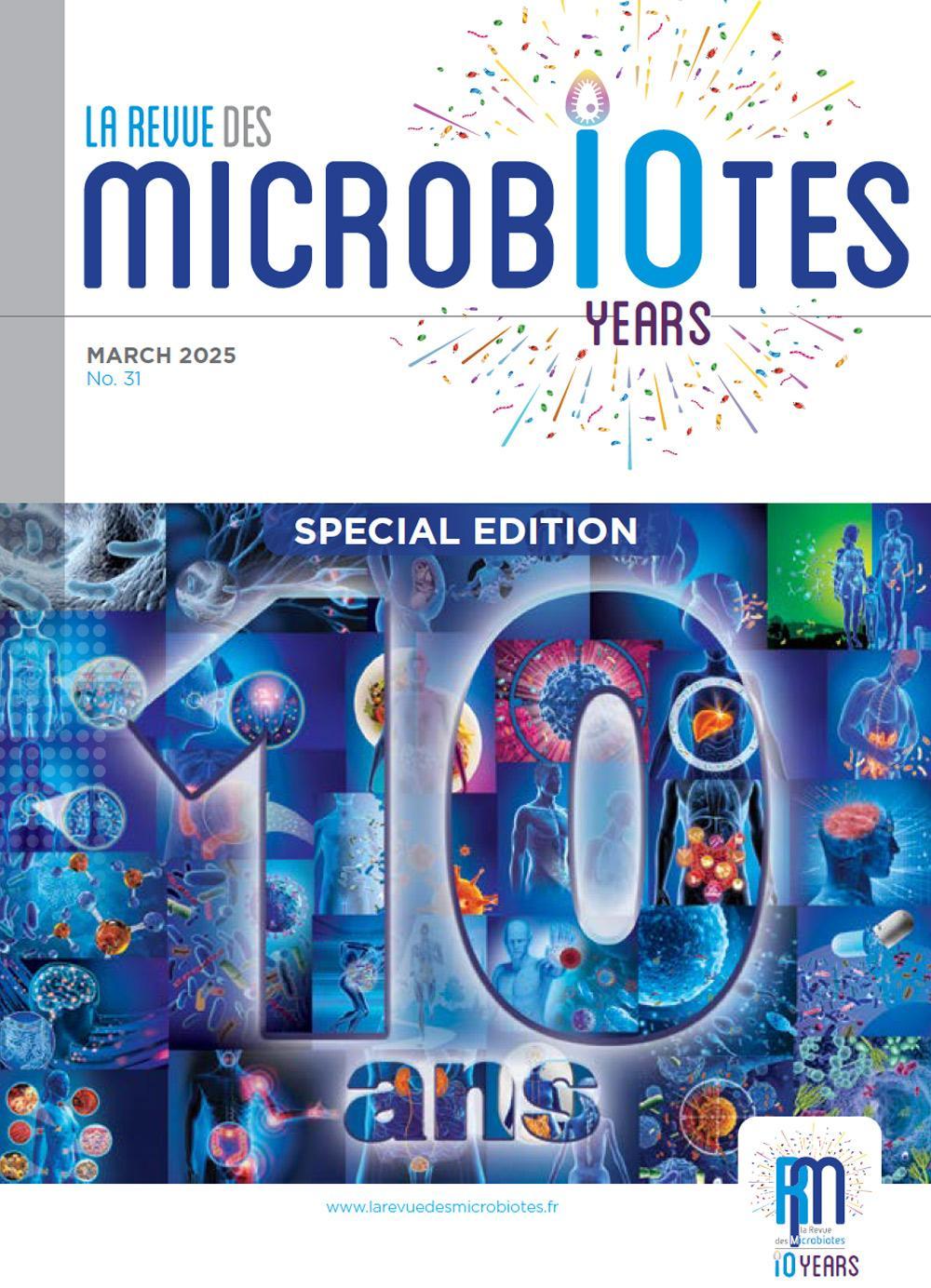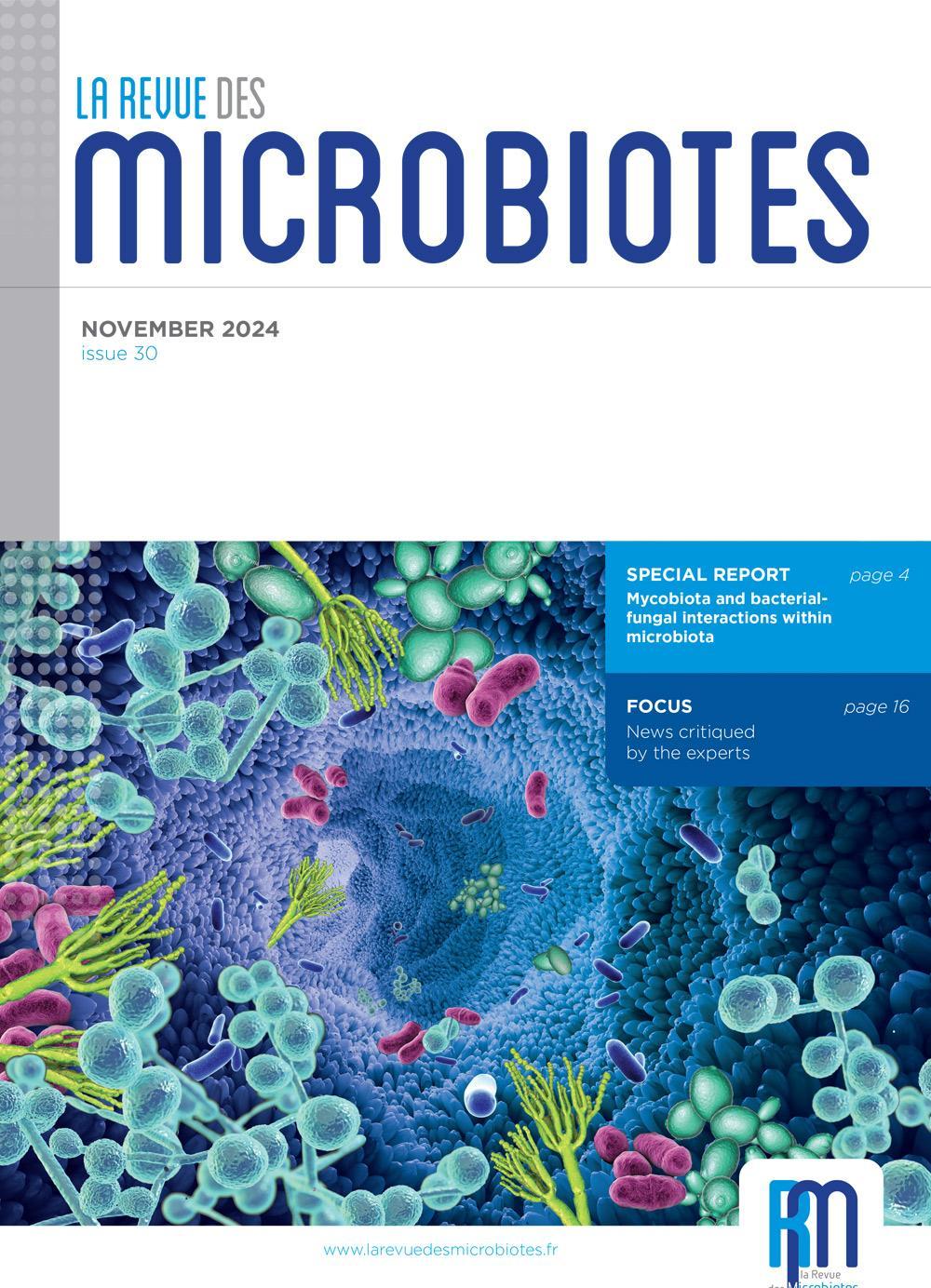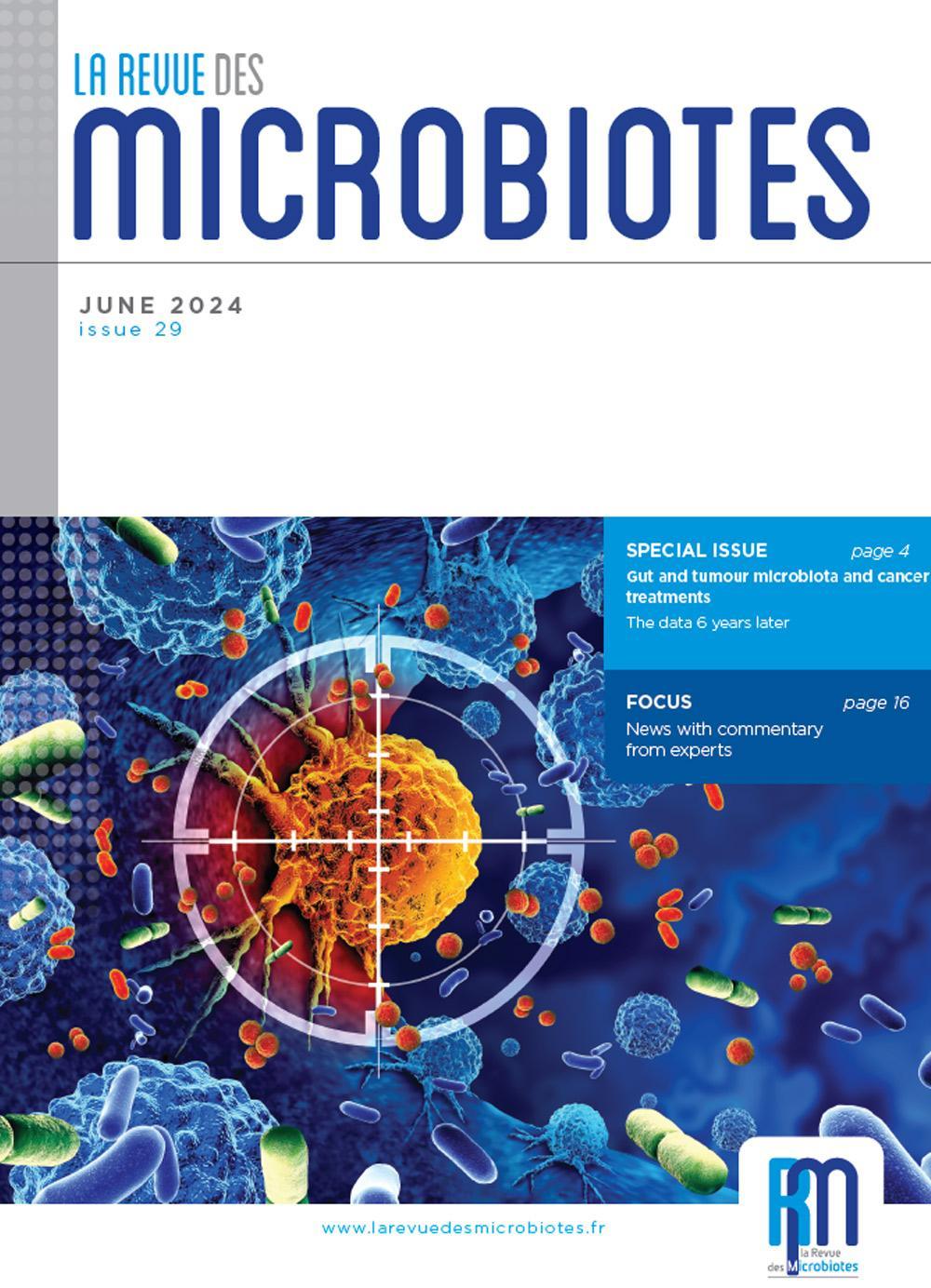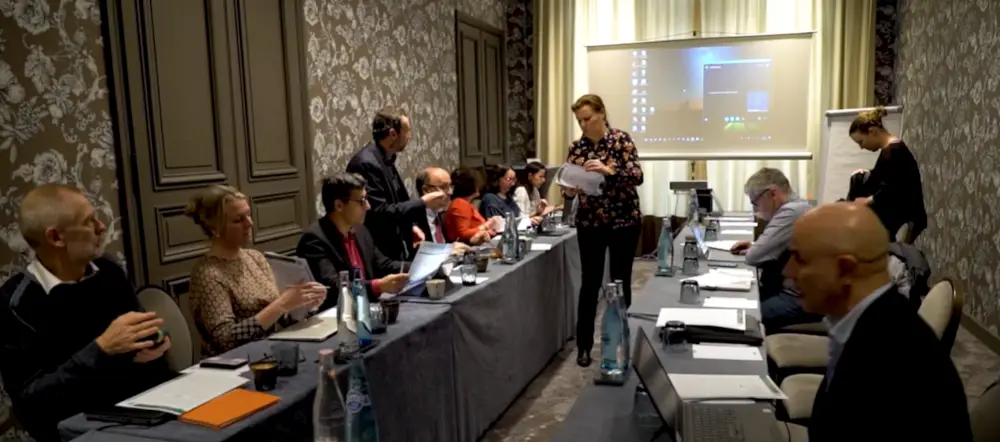A new treatment horizon: phages serving medicine At a time when antibiotic resistance is becoming a global health challenge, recourse to alternative treatments is proving to be a necessity. Among these alternatives, phages are worthy of our full attention. But what actually are these organisms?
The term “phage” comes from the ancient Greek for “eat” or “devour”, an etymology that perfectly illustrates their initial function: these viruses infect bacteria in order to reproduce, which can lead to latter being destroyed. Discovered at the start of the 20th century, these phages long remained in the shadow of antibiotics, before seeing an upswing in scientific interest. Recent clinical research allows for shedding light on the essential role that phages play in our microbiota’s balance. When a dysbiosis occurs, phages could play a crucial regulating role. They may act as true ecological sentinels, modulating bacterial populations and maintaining optimum biodiversity. In a healthy
subject with a diverse gut microbiota (GM), in cases of environmental stress, these phages could develop specificities and themselves be responsible for a GM imbalance.
The therapeutic interest in phages is multiplying and may reside, amongst other things, in their great specificity, targeting, for example, certain bacterial strains without disrupting the entire microbiota. This “phagotherapy” may therefore offer a tailored approach that is particularly promising in the face of resistant infections.
There are a multitude of clinical applications: treating osteoarticular, lung or skin infections that are resistant to conventional antibiotics. The development of “phage cocktails” would allow for widening the action spectrum while limiting the emergence of resistance. Examining phages today means exploring an ancestral treatment that offers a considerable potential for innovation. It also means reconsidering our relationship with micro-organisms, no longer from a mindset of systematic eradication, but one of ecological regulation. A conceptual revolution that may indeed transform our treatment arsenal of tomorrow.
Francisca Joly


